
Pope Francis passed away on Easter Monday at age 88.
He died the day after the holiest day of the Christian year, Easter. Easter is when Catholics celebrate the resurrection of Jesus Christ.
Despite Pope Francis’s poor health, he was seen a number of times in the Vatican during Holy Week. He also made an appearance during Easter Sunday, delighting fans at St. Peter’s Basilica in Rome.
On Easter Sunday, the Pope briefly met with US Vice President, JD Vance. Vance was the last person the Pope met with before he died at 7:35 a.m. local time (1:35 a.m. ET).
Pope Francis battled health problems throughout his life. He was in and out of hospitals throughout his life due to respiratory difficulties. Over the last month and a half, Pope Francis battled bronchitis and bilateral pneumonia, spending 38 consecutive days in the hospital. He went back home to Casa Santa Marta to continue his recovery. The Vatican said as recently as last week that the Pope’s health was improving.
Cardinal Kevin Farrell, Camerlengo of the Holy Roman Church, announced the death of Pope Francis with these words: “Dearest brothers and sisters, with deep sorrow I must announce the death of our Holy Father Francis. At 7:35 this morning, the Bishop of Rome, Francis, returned to the house of the Father. His entire life was dedicated to the service of the Lord and of His Church. He taught us to live the values of the Gospel with fidelity, courage, and universal love, especially in favor of the poorest and most marginalized. With immense gratitude for his example as a true disciple of the Lord Jesus, we commend the soul of Pope Francis to the infinite merciful love of the One and Triune God.”
In April 2024, Pope Francis approved an updated version of the liturgical book for the papal funeral rites, which will guide the funeral Mass for him which is yet to be announced. The second edition of the Ordo Exsequiarum Romani Pontificis introduces several new elements including how the Pope’s mortal remains are to be handled after death. The ascertainment of death takes place in the chapel rather than in the room where he died and his body is immediately placed inside the coffin.
The death of the pope triggers a nine day mourning period in the Vatican. After the period of mourning, a funeral will be held for Pope Francis at St. Peter’s Square. The two and a half hour service is held in Latin. It will for the most part be a conventional Catholic funeral with added papal rituals.
Fifteen to twenty days after a Pope dies, a millenia-old process of picking a new Pontiff starts. Cardinals from around the world must gather for the conclave in which Francis’ successor is selected. This process typically takes between two to three weeks for a new Pope to be chosen, though it can be stretched slightly if cardinals struggle to agree on a candidate. This decision is done in secrecy at the Sistine Chapel. After the new Pope is selected, white smoke will emerge from the chapel, signaling the election to the world.


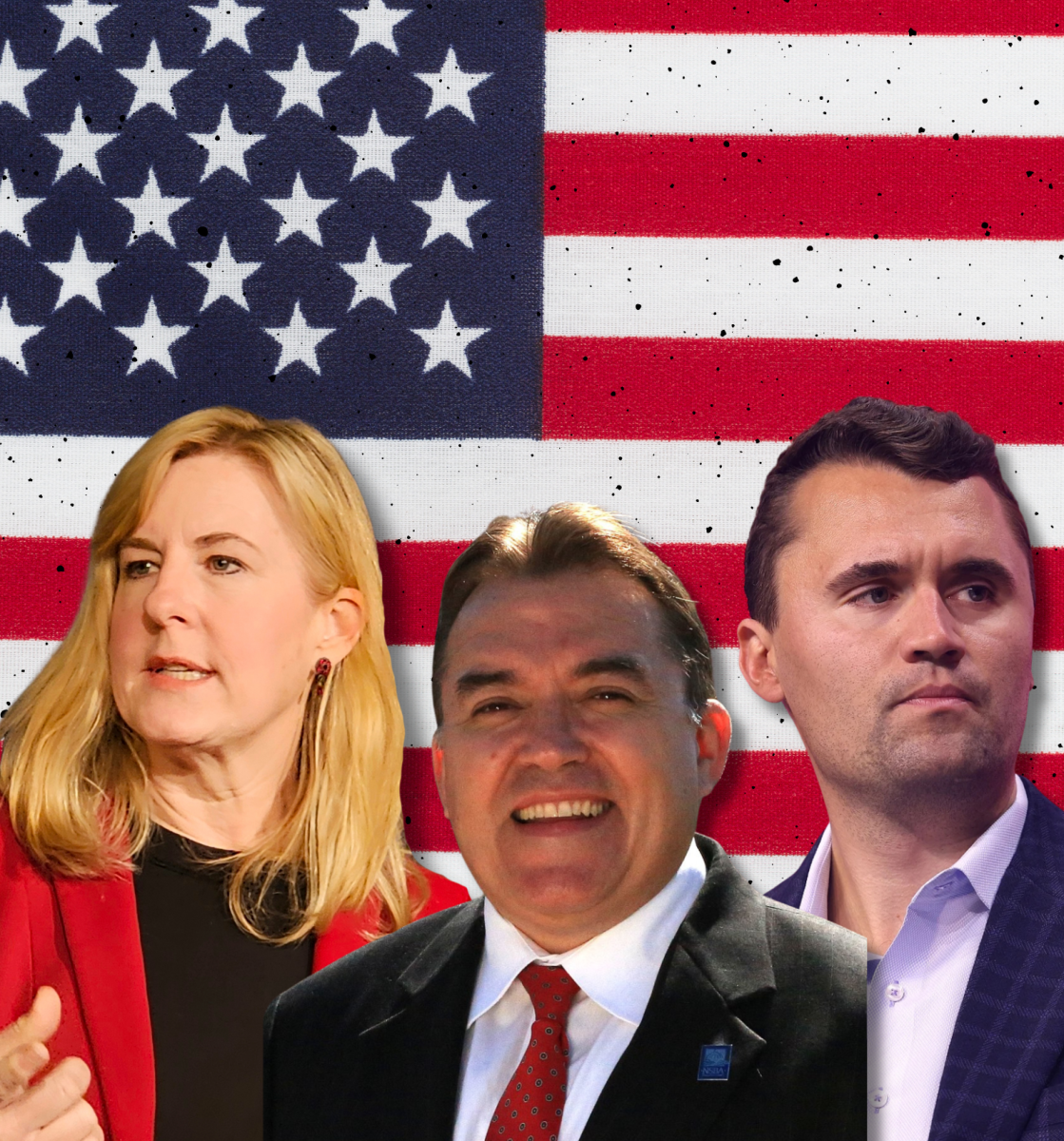


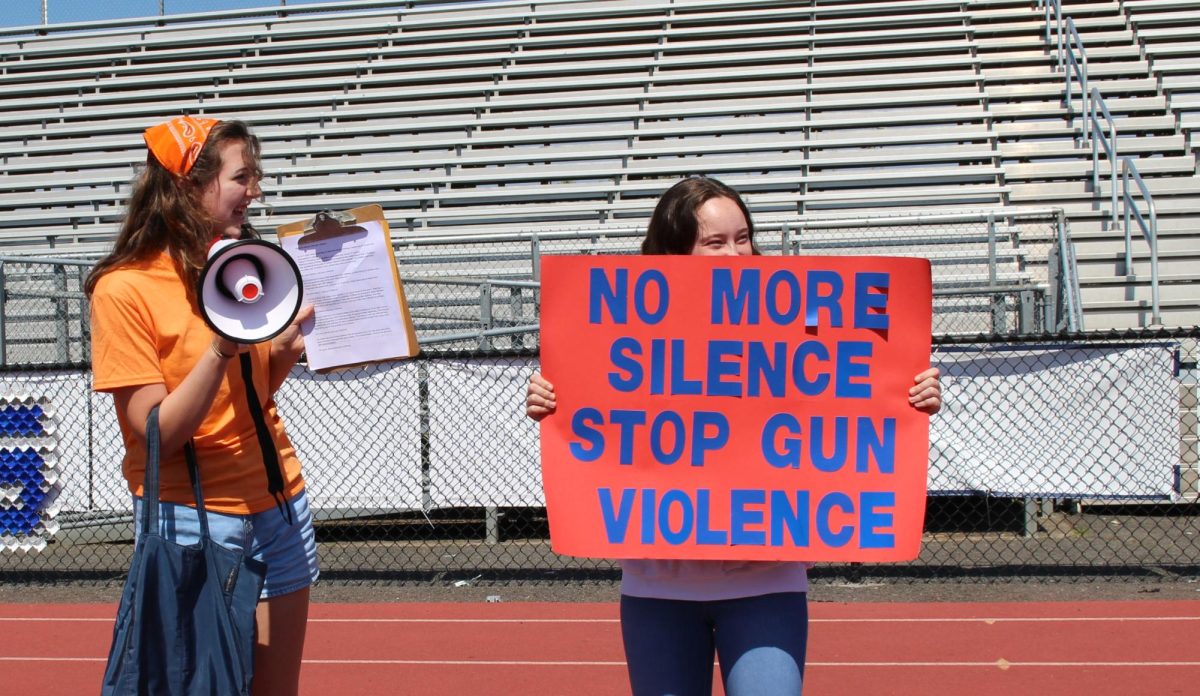




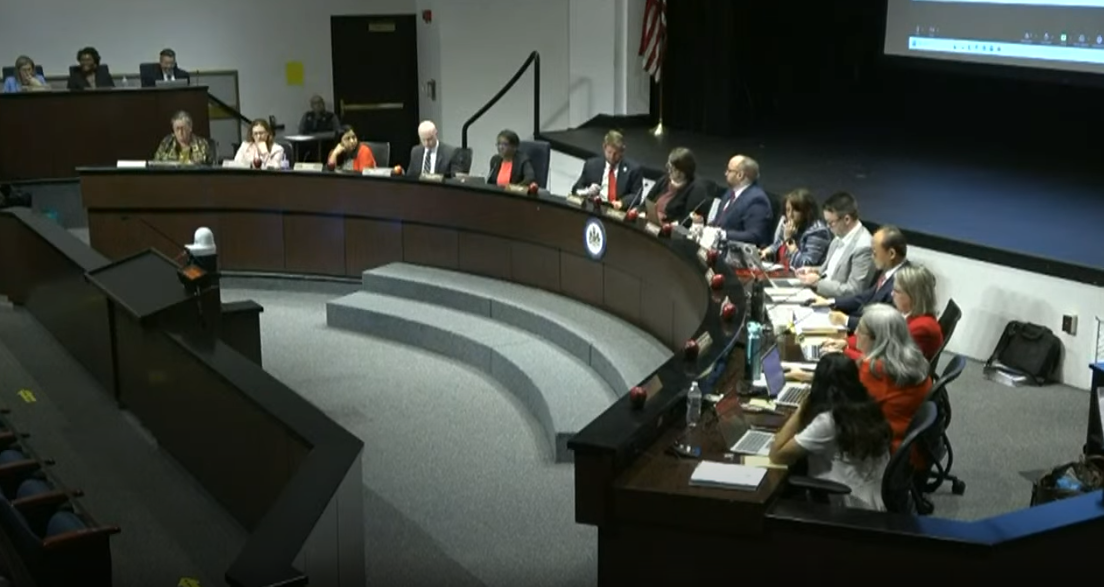


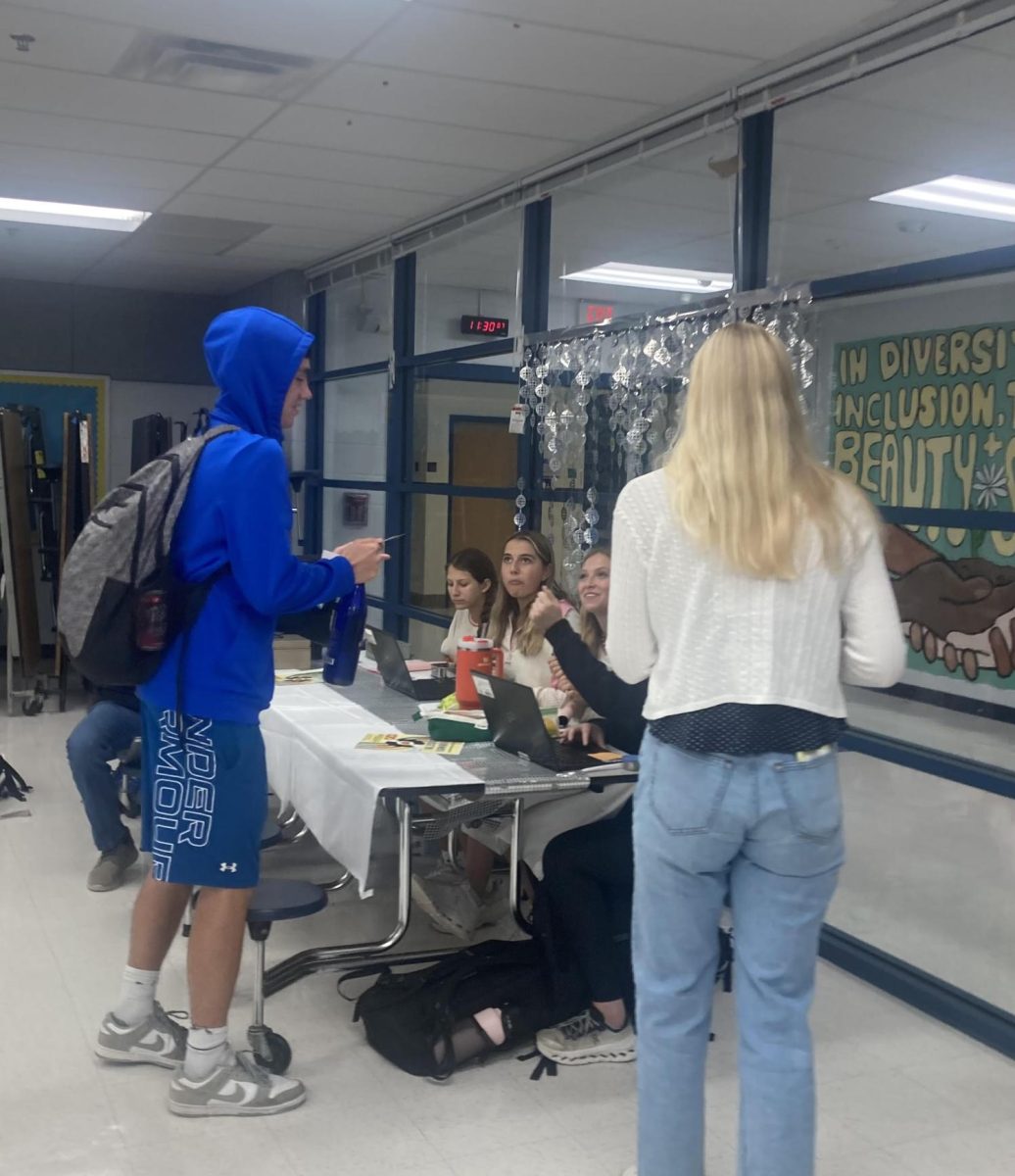





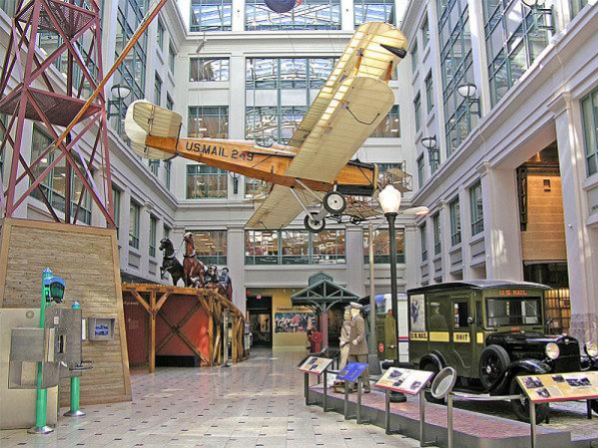



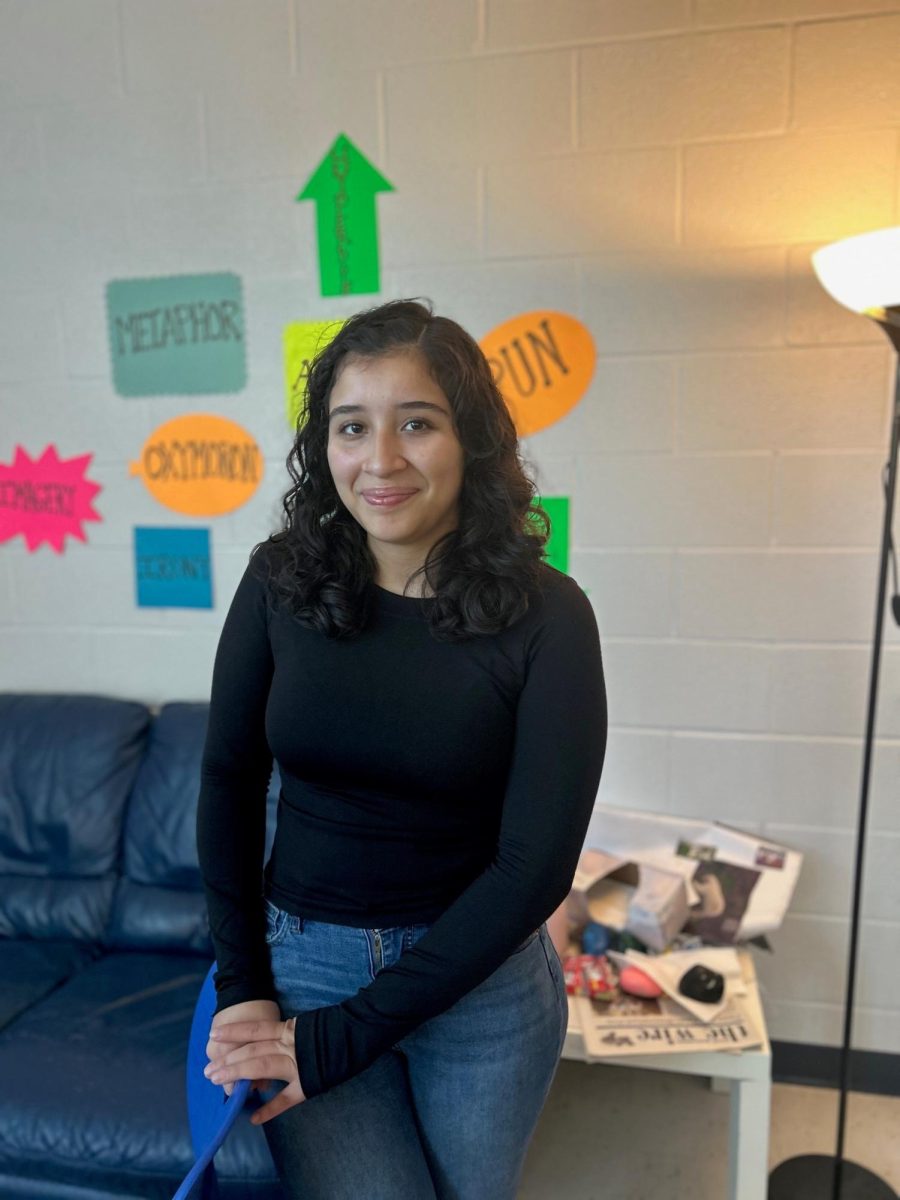

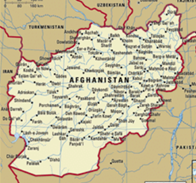
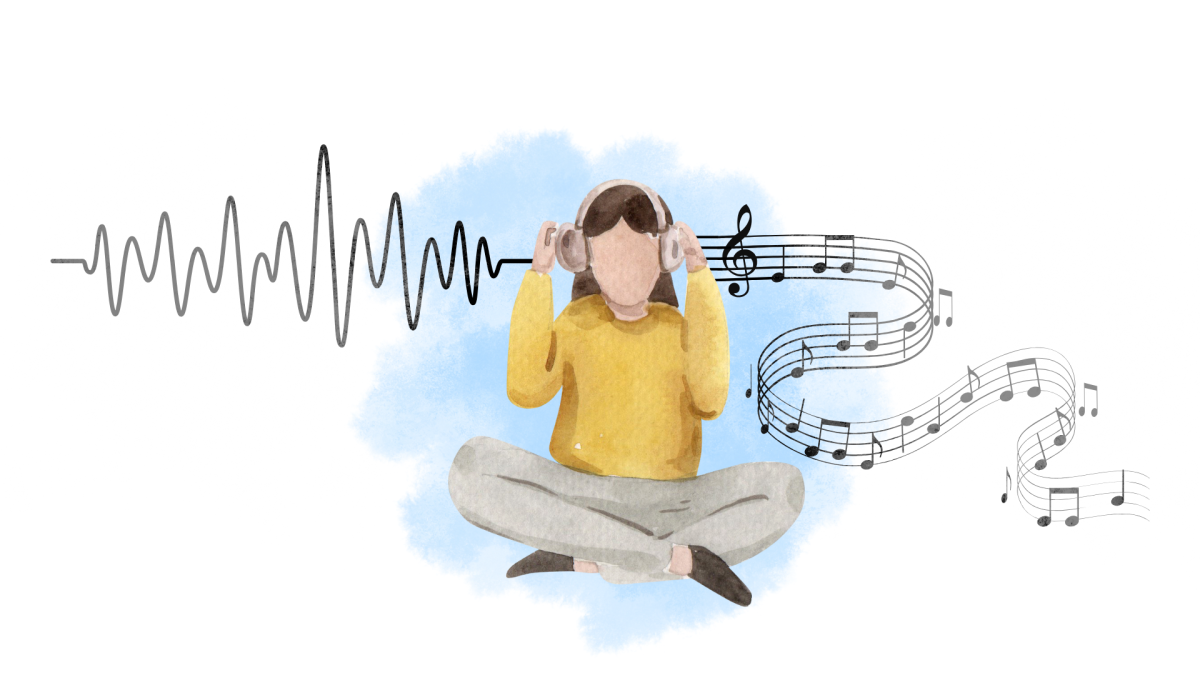
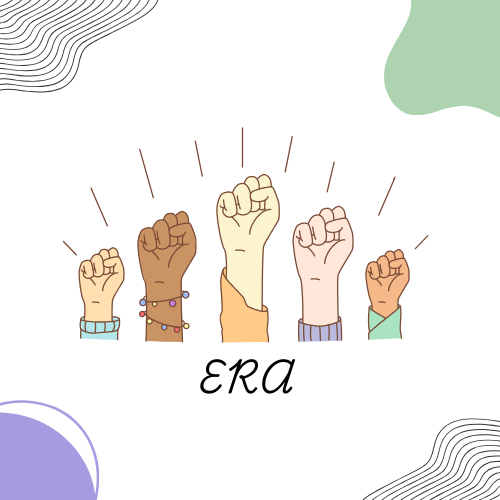
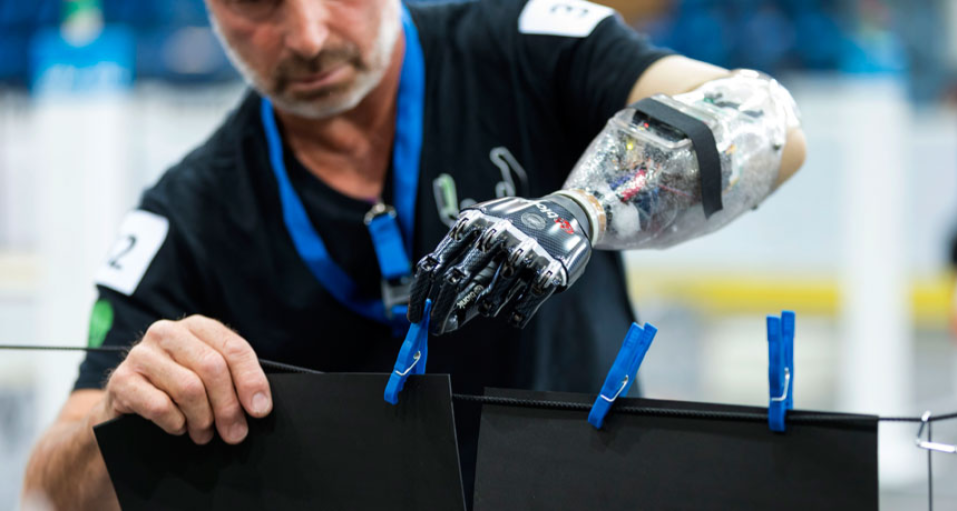


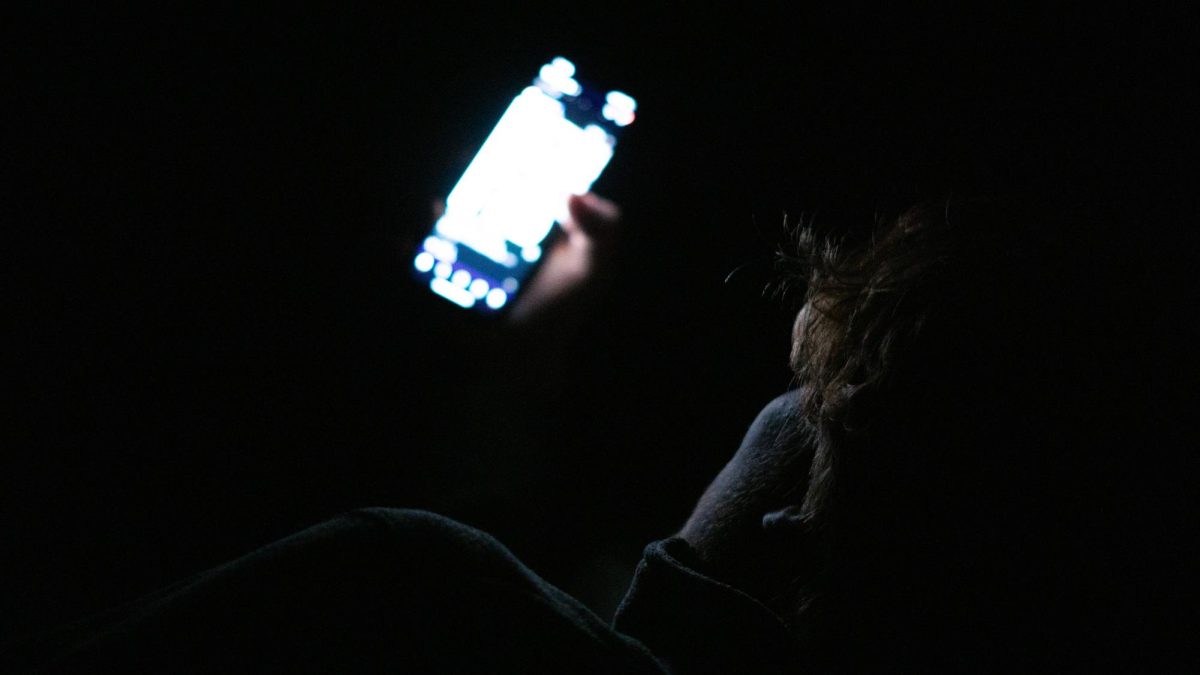

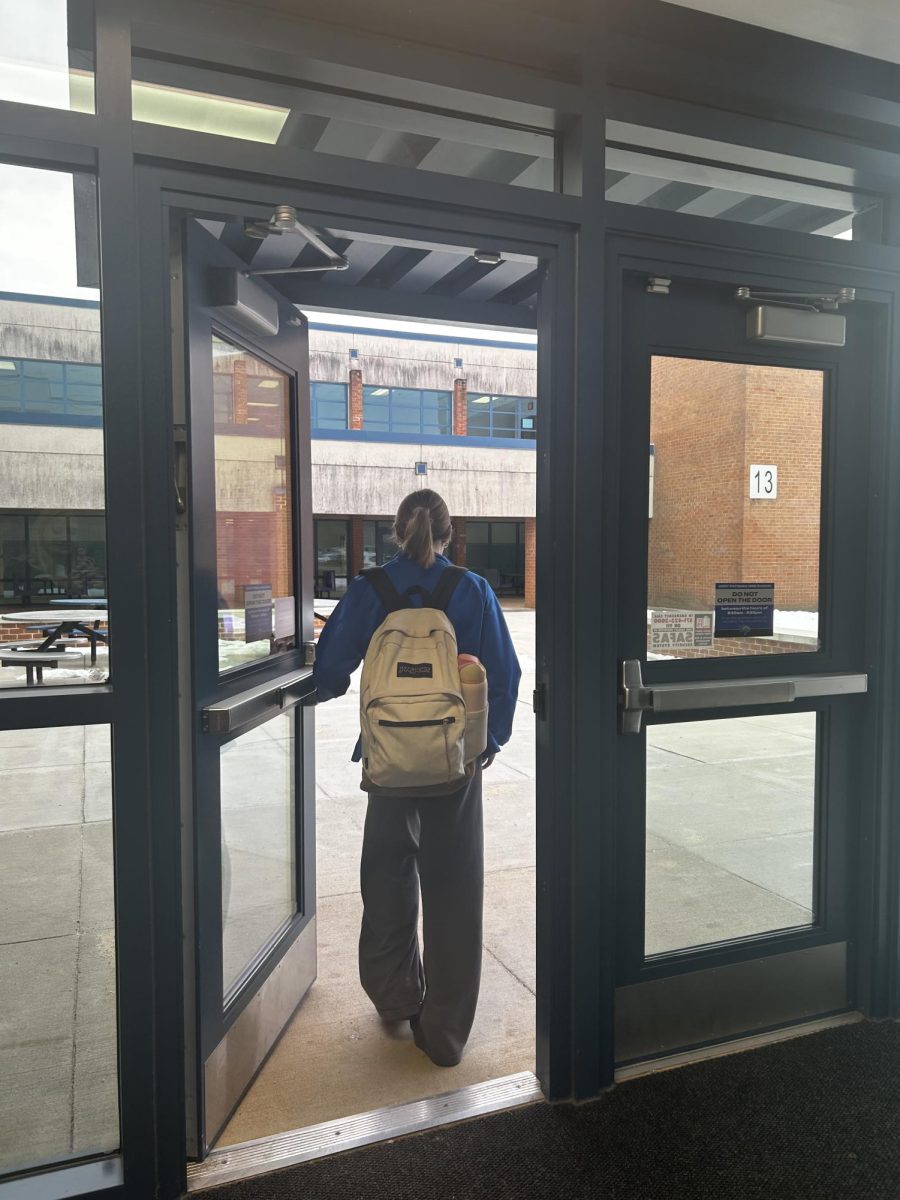

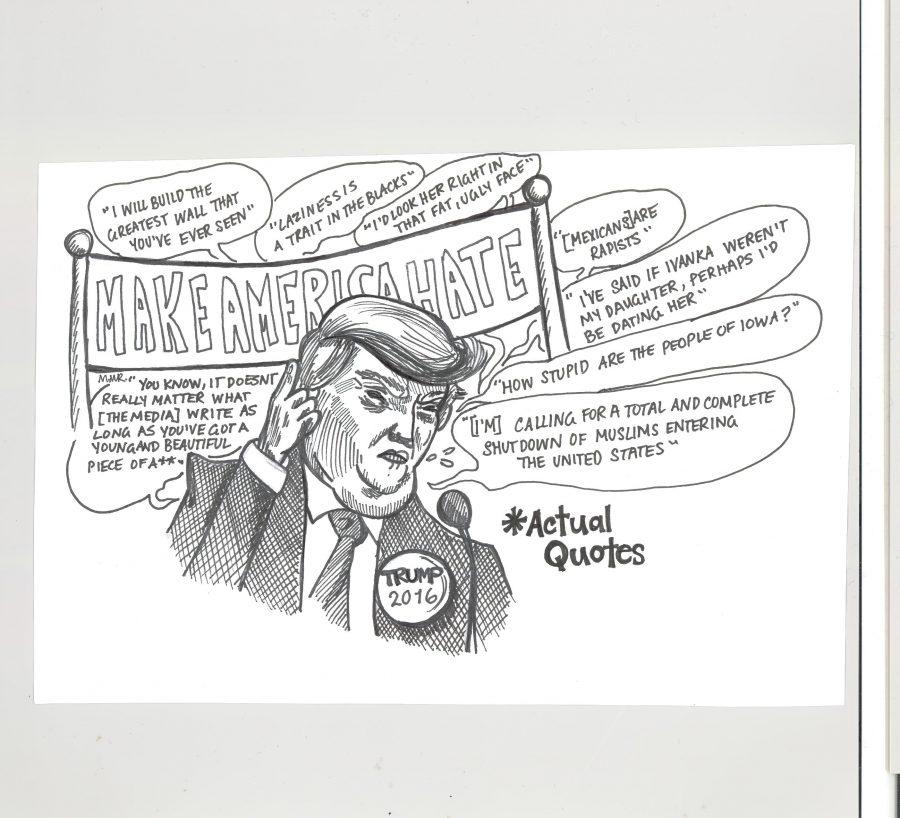



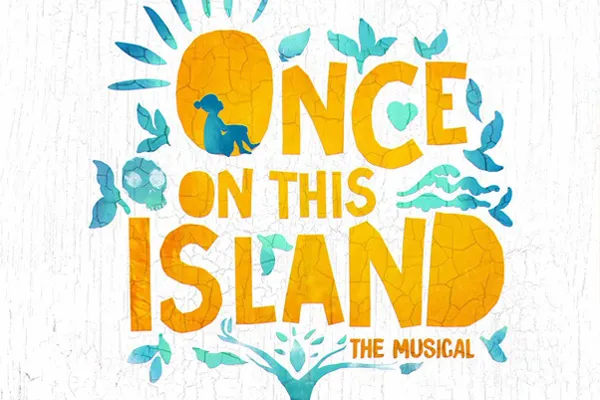

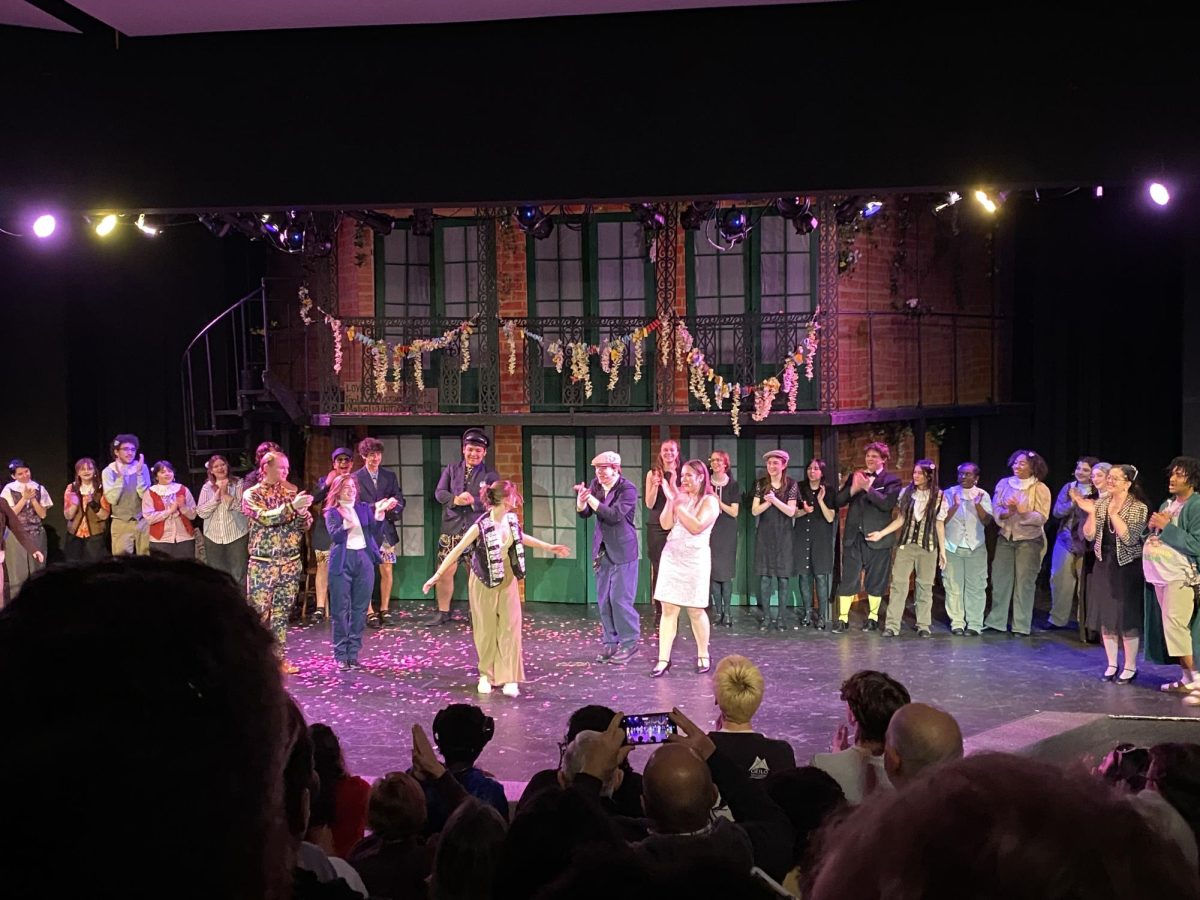
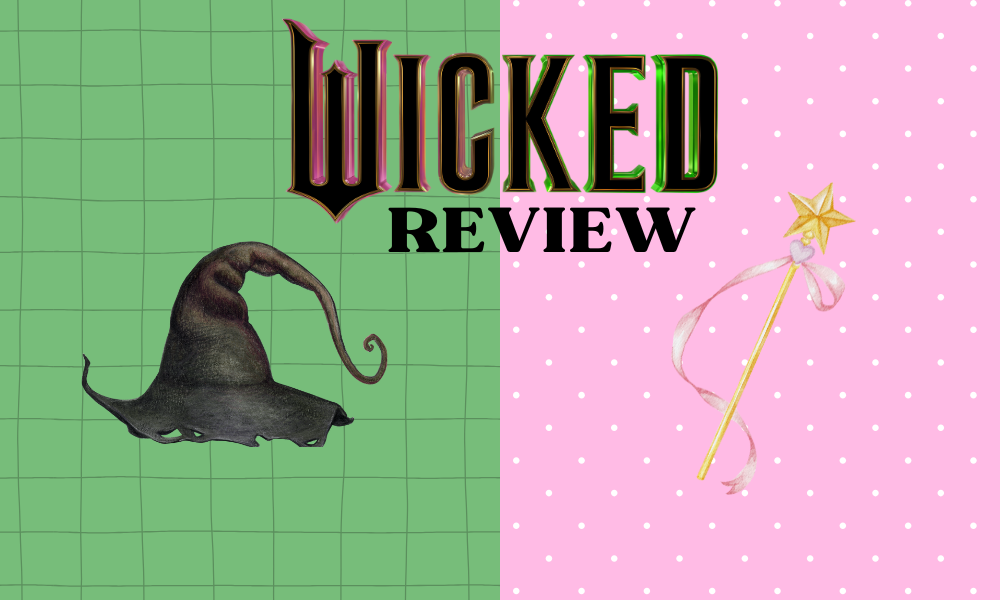
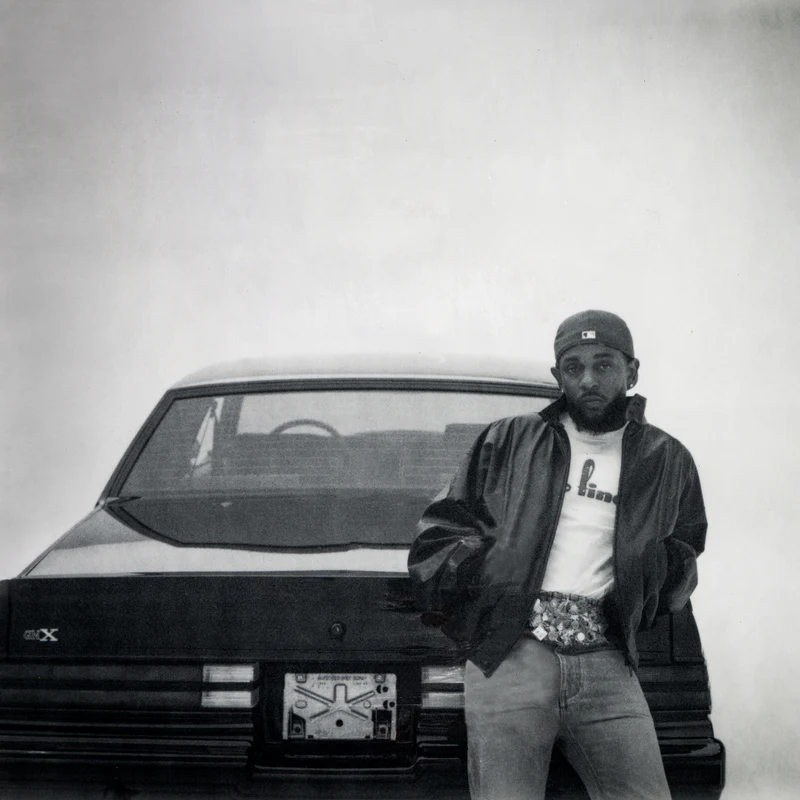

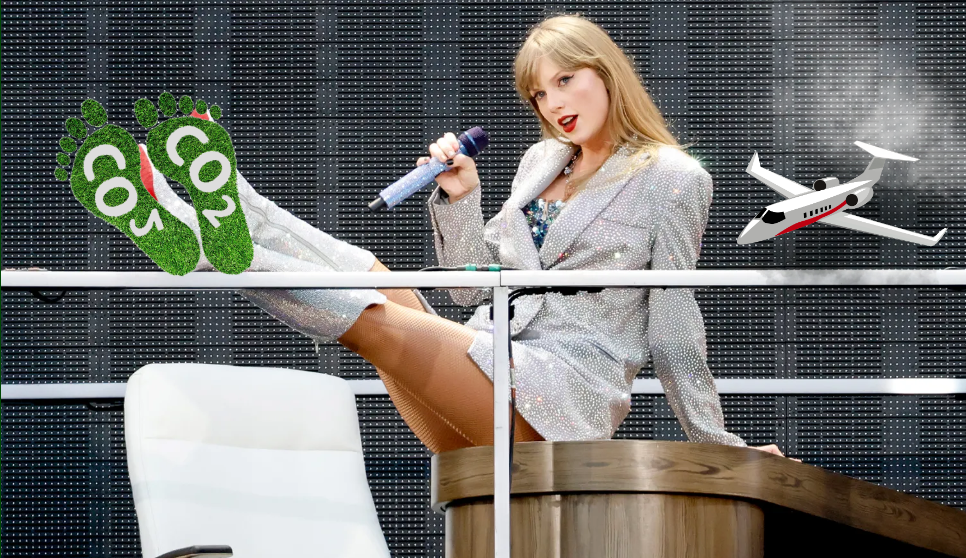




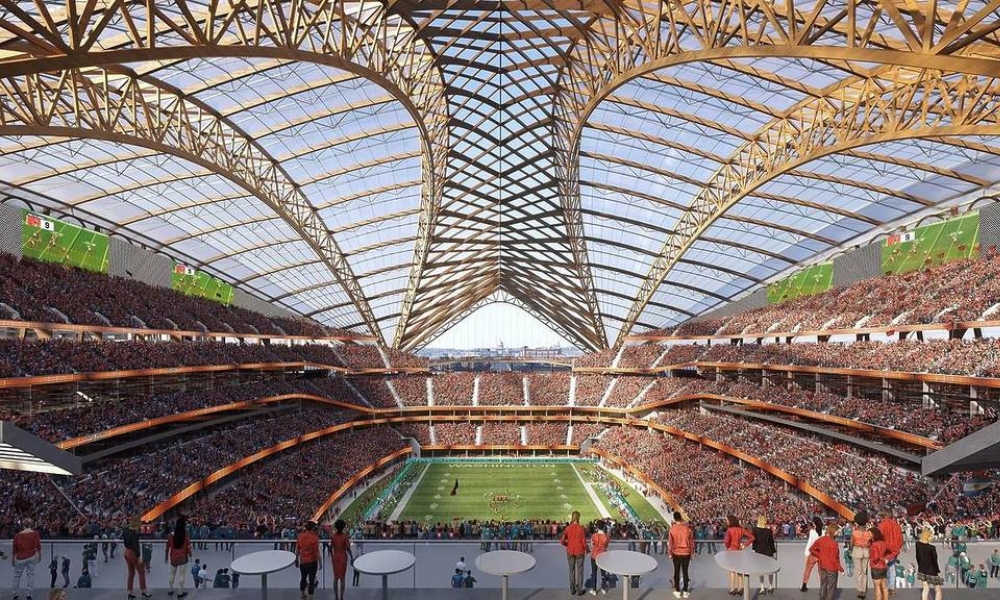

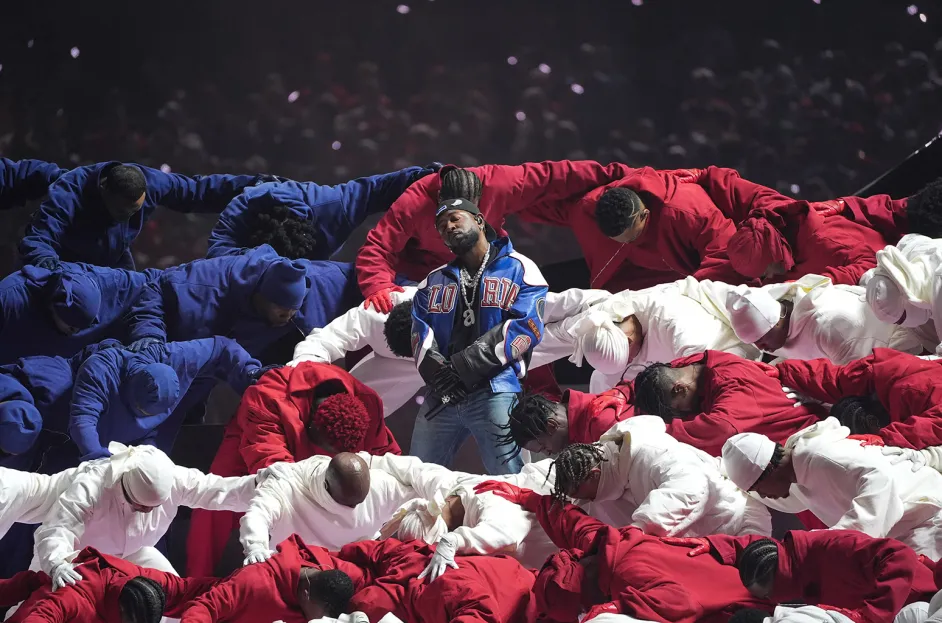
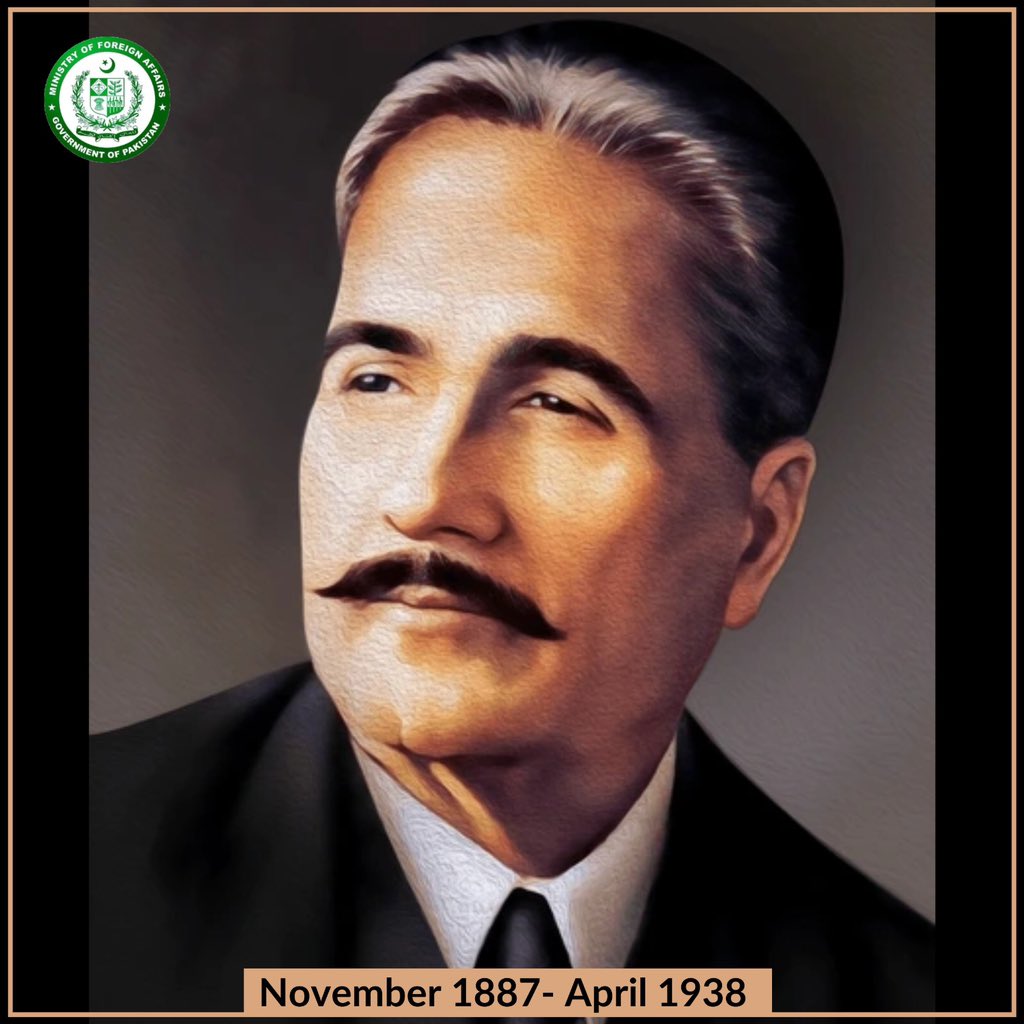

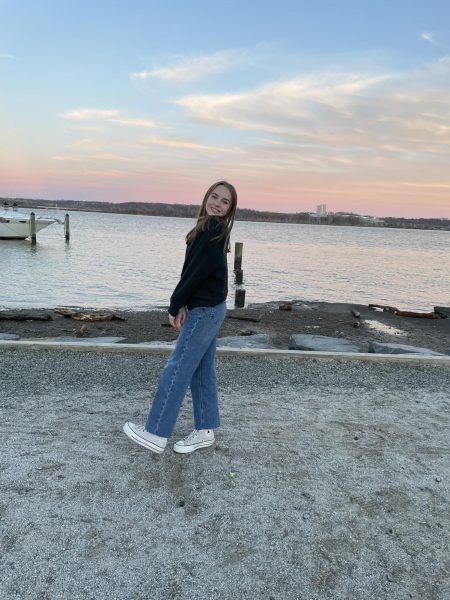
Erin Donnelly • Apr 22, 2025 at 3:40 PM
Terrific article, Virginia. Great job!